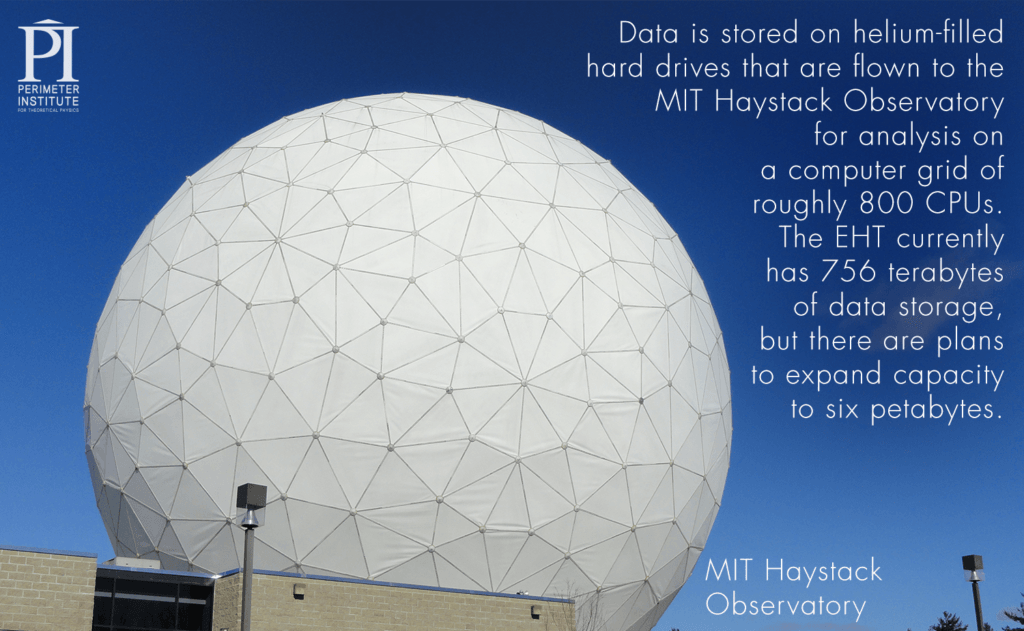

Past that threshold, cause no longer necessarily precedes effect, the past no longer necessarily determines the future, and time travel may be possible. The inner event horizon of a rotating black hole, also known as the Cauchy horizon, is stranger.

The outer event horizon of such an object acts like a point of no return, just like the event horizon of a nonrotating black hole. This leads the event horizons of rotating black holes, also known as Kerr black holes, to appear oblong - squashed at the poles and bulging at their equators.Ī rotating black hole's event horizon separates into an outer horizon and an inner horizon. But because black holes generally rotate, current models suggest their singularities are infinitely thin rings. Previously, the most basic model of black holes assumed they did not spin, and so their singularities were assumed to be points. Related: Black Hole Quiz: How Well Do You Know Nature's Weirdest Creations? Recent findings suggest that black holes can rotate at speeds greater than 90 percent that of light, Loeb said. You would not die of spaghettification before you crossed the event horizon (although numerous other hazards around such a black hole might kill you before you reached that point).īlack holes likely spin because the stars they generally originate from also spun and because the matter they swallow whirled in spirals before it fell in. However, if you were to fall toward a supermassive black hole millions to billions of times the mass of the sun, you wouldn't "feel such forces to a significant degree," Loeb said. If you fell toward a relatively small black hole a few times the mass of the sun, for example, you would get pulled apart and stretched out in a process known as spaghettification, dying well before you reached the event horizon. But the effects of this gravity on a visitor would differ depending on the black hole's mass. The strength of a black hole's gravitational pull depends on the distance from it - the closer you are, the more powerful the tug. The supermassive black holes that the Event Horizon Telescope is observing are far larger Sagittarius A*, at the center of the Milky Way, is about 4.3 million times the mass of our sun and has a diameter of about 7.9 million miles (12.7 million km), while M87 at the heart of the Virgo A galaxy is about 6 billion solar masses and 11 billion miles (17.7 billion km) wide. If Earth were compressed until it became a black hole, it would have a diameter of about 0.69 inches (17.4 millimeters), a little smaller than a dime if the sun were converted to a black hole, it would be about 3.62 miles (5.84 kilometers) wide, about the size of a village or town. The size of an event horizon depends on the black hole's mass. Related: Images: Black Holes of the Universe "The event horizon protects us from the unknown physics near a singularity," Loeb said. This means the fabric of space and time around the singularity has also curved to an infinite degree, so the laws of physics as we currently know them break down. Within the event horizon, one would find the black hole's singularity, where previous research suggests all of the object's mass has collapsed to an infinitely dense extent. At the event horizon, this image would effectively fade to invisibility. When an item gets near an event horizon, a witness would see the item's image redden and dim as gravity distorted light coming from that item.


 0 kommentar(er)
0 kommentar(er)
